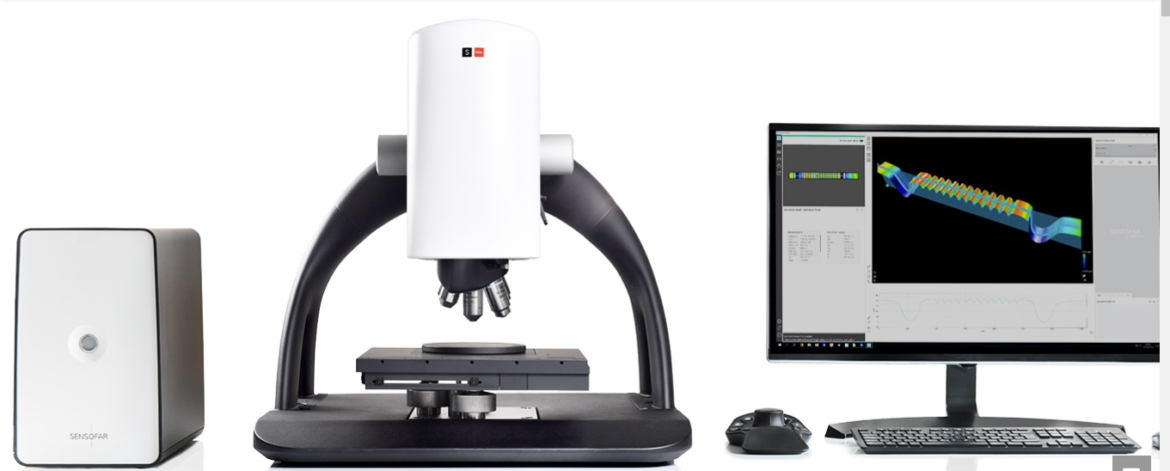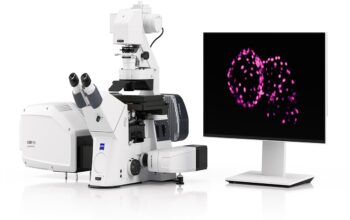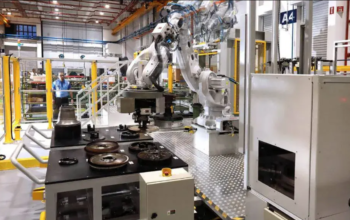This content was originally written and published by the Sensofar team on their website. Reproduced here from https://www.sensofar.com/metrology/products/sneox/
The S neox outperforms existing optical 3D profiling microscopes in terms of performance, functionality, efficiency, and design, providing Sensofar with a class-leading areal measurement system.
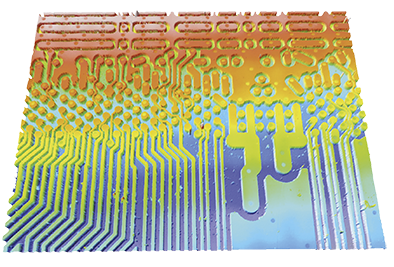
Faster than ever
Everything is faster than before with new smart and unique algorithms and a new camera. Data acquisition is taken at 180 fps. Standard measurement acquisition is 5X faster than before. Making the S neox the fastest areal measurement system in the market.
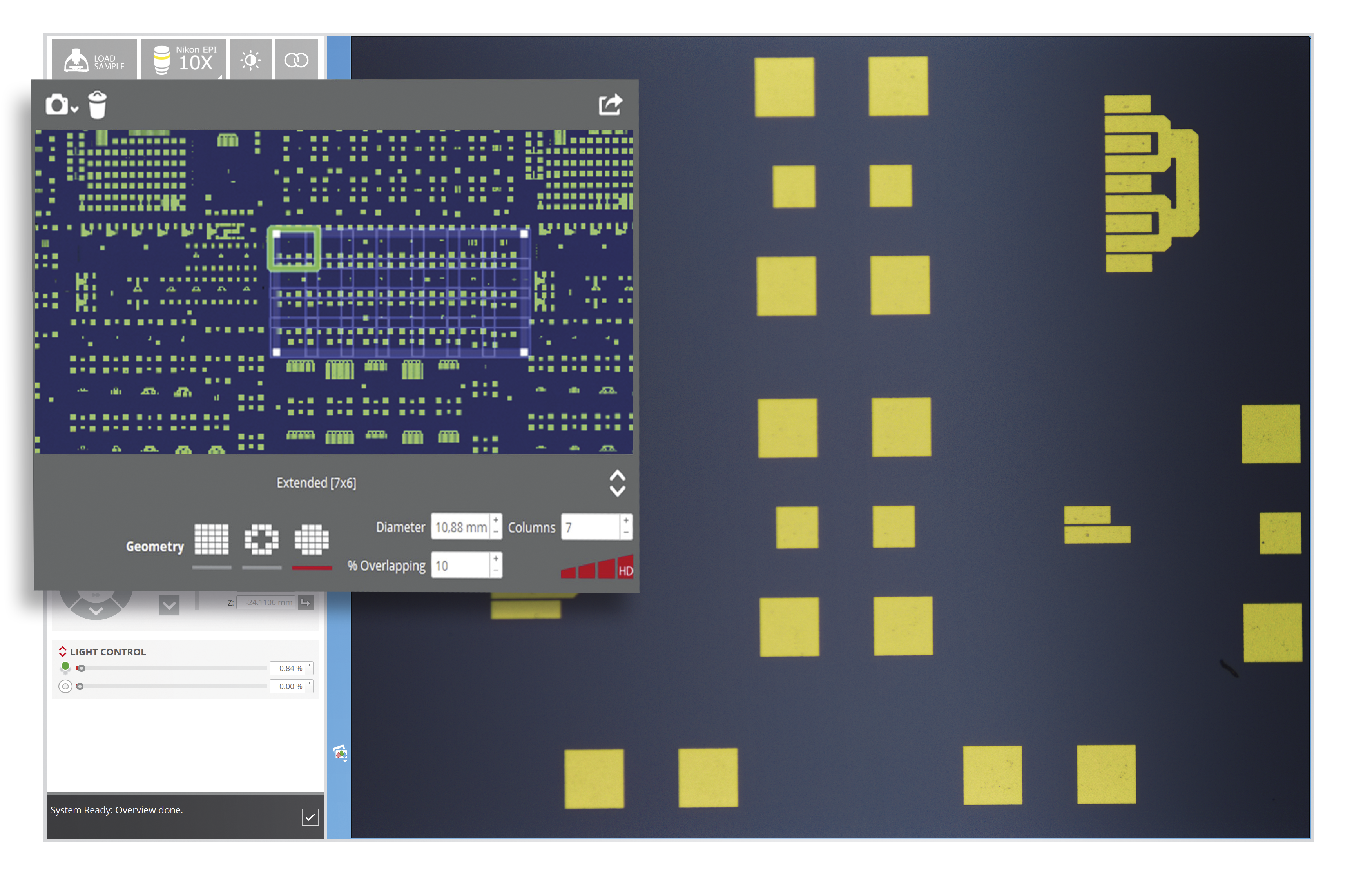
Easy-to-use
Sensofar is continuously working to provide the most incredible experience to our customers. With the fifth generation of the S neox systems, the goal has been to make it easy to use, intuitive, and faster. Even if you are a beginner user, the system can be managed with just one click. Software modules have been created to adapt the system to the user requirements.
Versatile system
Quality Control
Automated modules have been created
to facilitate all QC procedures. Ranging
from operator access rights control, recipes, compatibility to barcode/QR readers, and customized plugins from our proprietary SensoPRO software to generate pass/fail reports. Our optimized solutions are able to work in Quality Control environments due to their flexibility and easy-to-use interface, which can be programmed to work 24/7. Surface finish measures have never been so easy.
Research & Development
With Sensofar’s 3-in-1 approach –a single
click in SensoSCAN switches the system to
the best technique for the task at hand. The
three measurement techniques found in the S neox sensor head –Confocal, Interferometry, Ai Focus Variation– each contribute critically to the versatility of the system and help to minimize undesirable compromises in the data acquisition. The S neox surface profilometer is ideal for all lab environments, without limitations.
3-in-1 technologies

Ai Focus VariationNEW!
Active illumination Focus Variation vertically scans either optics (with very low depth-of-field) or the sample to obtain a continuous set of images of the surface. An algorithm determines which points in each frame are in focus, and an entire image is built up using all in-focus points from all frames. It has been improved with the use of active illumination to get more reliable focus location even on optically smooth surfaces.


Confocal
The imaging technique included by the Confocal microscopes, utilizes an aperture at the confocal plane of the objective. Out-of-focus light is thus prevented from entering the imaging system and only the in-focus plane on the sample is captured. 2D profiles and 3D surface images can be captured by scanning the aperture mechanically or digitally.
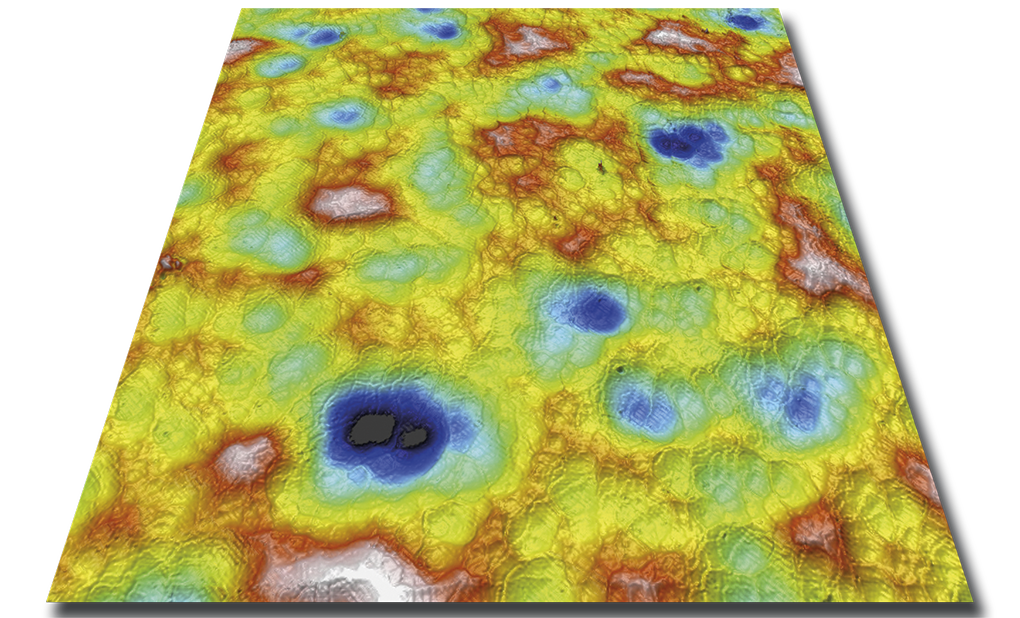

Interferometry
Optical Interferometry makes use of the optical path difference between light reflected in the two arms of the interferometer (reference and sample) to yield an spatial interference pattern (interferograms) that contains information on the surface topology of the sample. Various variations of the approach can be used for particular applications.
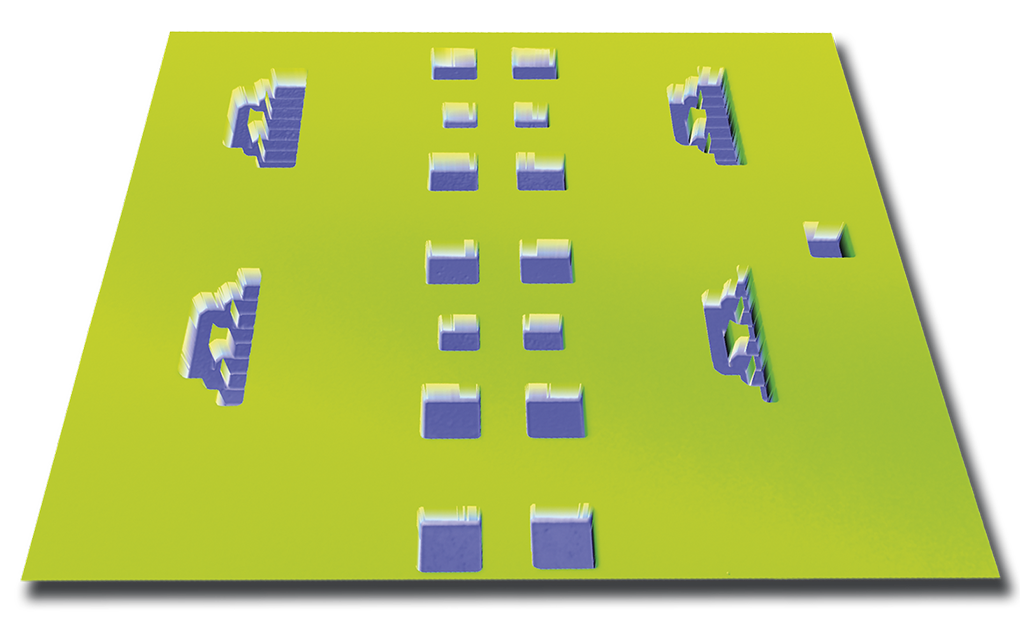
Thin film
The thin-film measurement technique measures the thickness of optically transparent layers quickly, accurately, non-destructively, and requires no sample preparation. The profilometer acquires the reflectance spectrum of the sample in the visible range and is compared with simulated spectra calculated by the software, with layer thickness modification until the best fit is found. Transparent films from 50 nm to 1.5 μm can be measured in less than one second. The sample evaluation spot diameter is dependent on the objective magnification which can be as low as 0.5 μm and up to 40 μm.

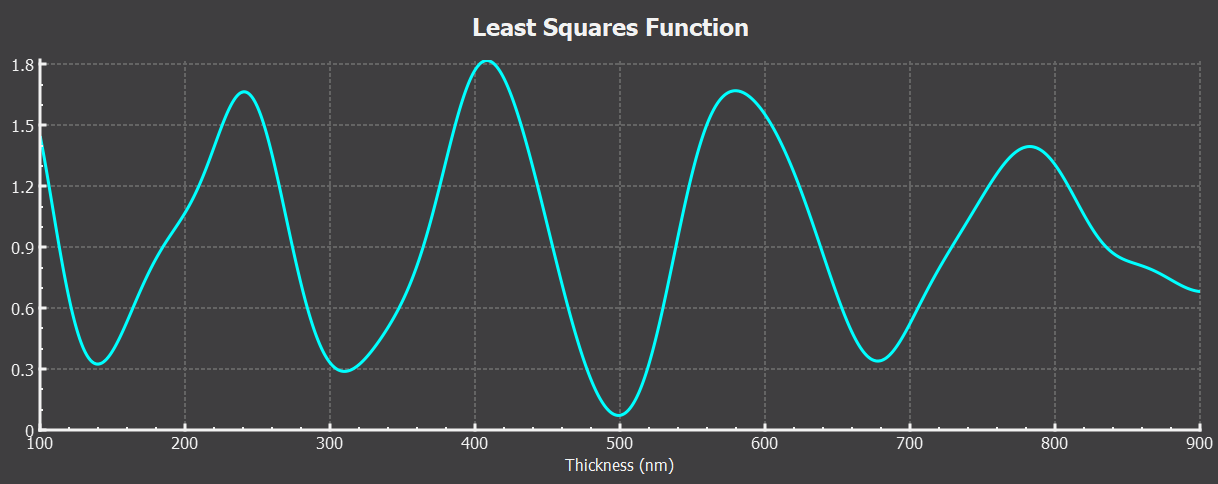

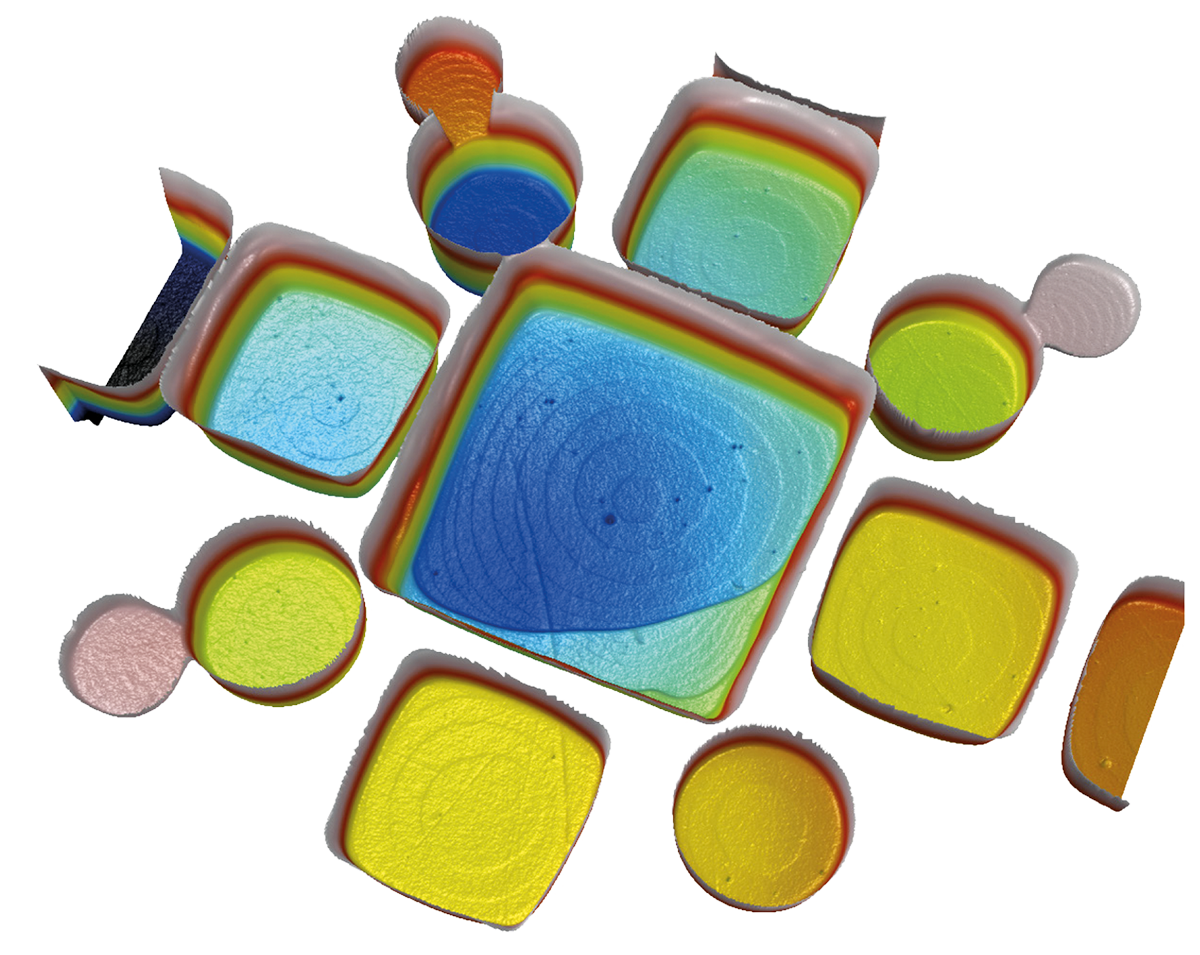
High resolution
Vertical resolution is limited by the instrument noise, which is fixed for Interferometry, but dependent of the numerical aperture for Confocal. Sensofar proprietary algorithms deliver nanometer-level system noise for any measurements technique at the highest possible lateral resolution for an optical instrument.
The topography shown is a subnanometer (0.3 nm) atomic layer. Courtesy of PTB.
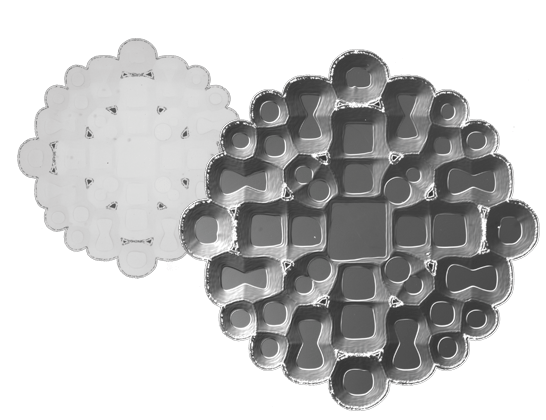
DIC observation
Differential Interference Contrast (DIC) is used to emphasize very small height features that has no contrast in normal observation. With the use of a Nomarski prism, an interferential image is created resolving sub-nanometer scale structures not visible in brightfield or confocal images.
To know more, check Sensofar Metrology.


